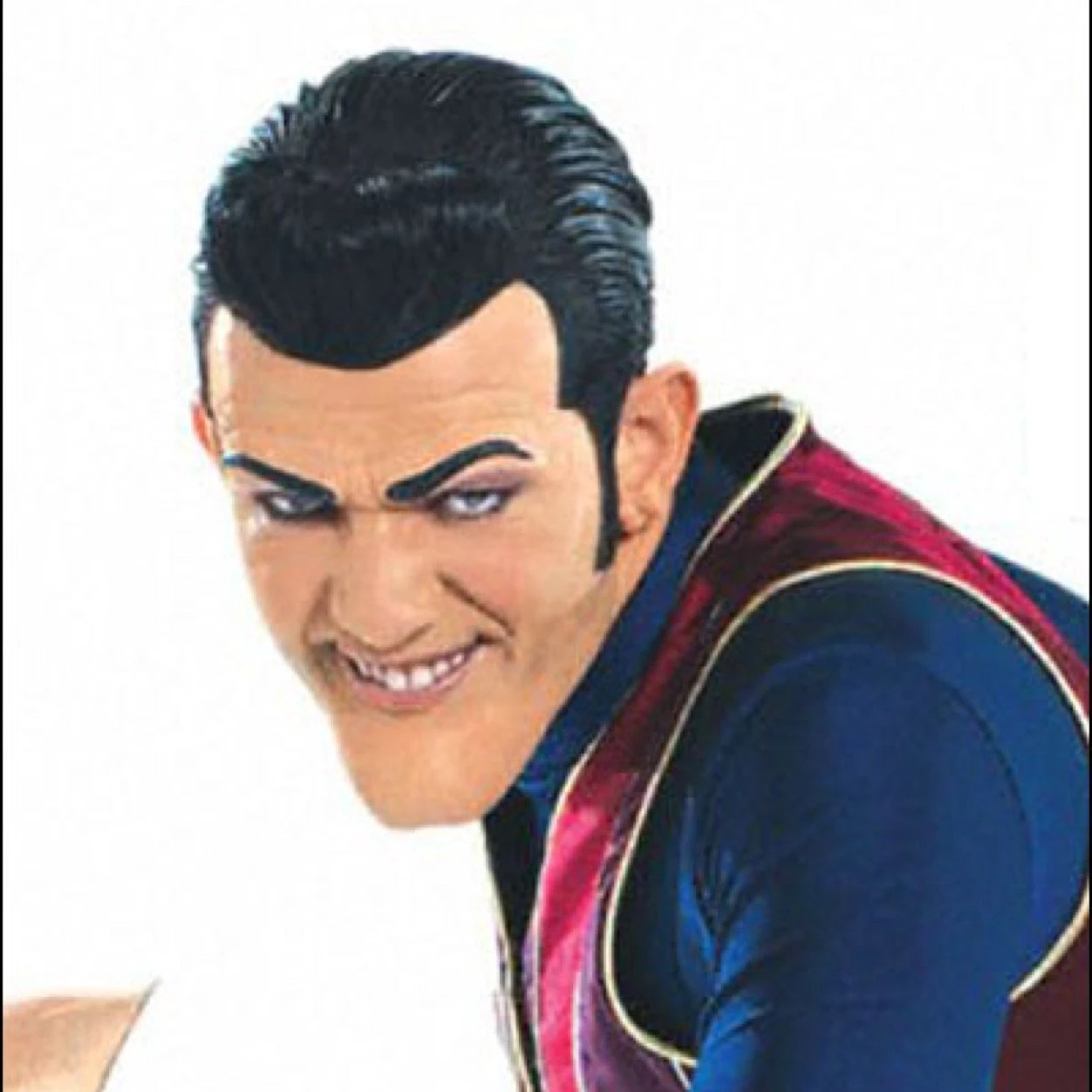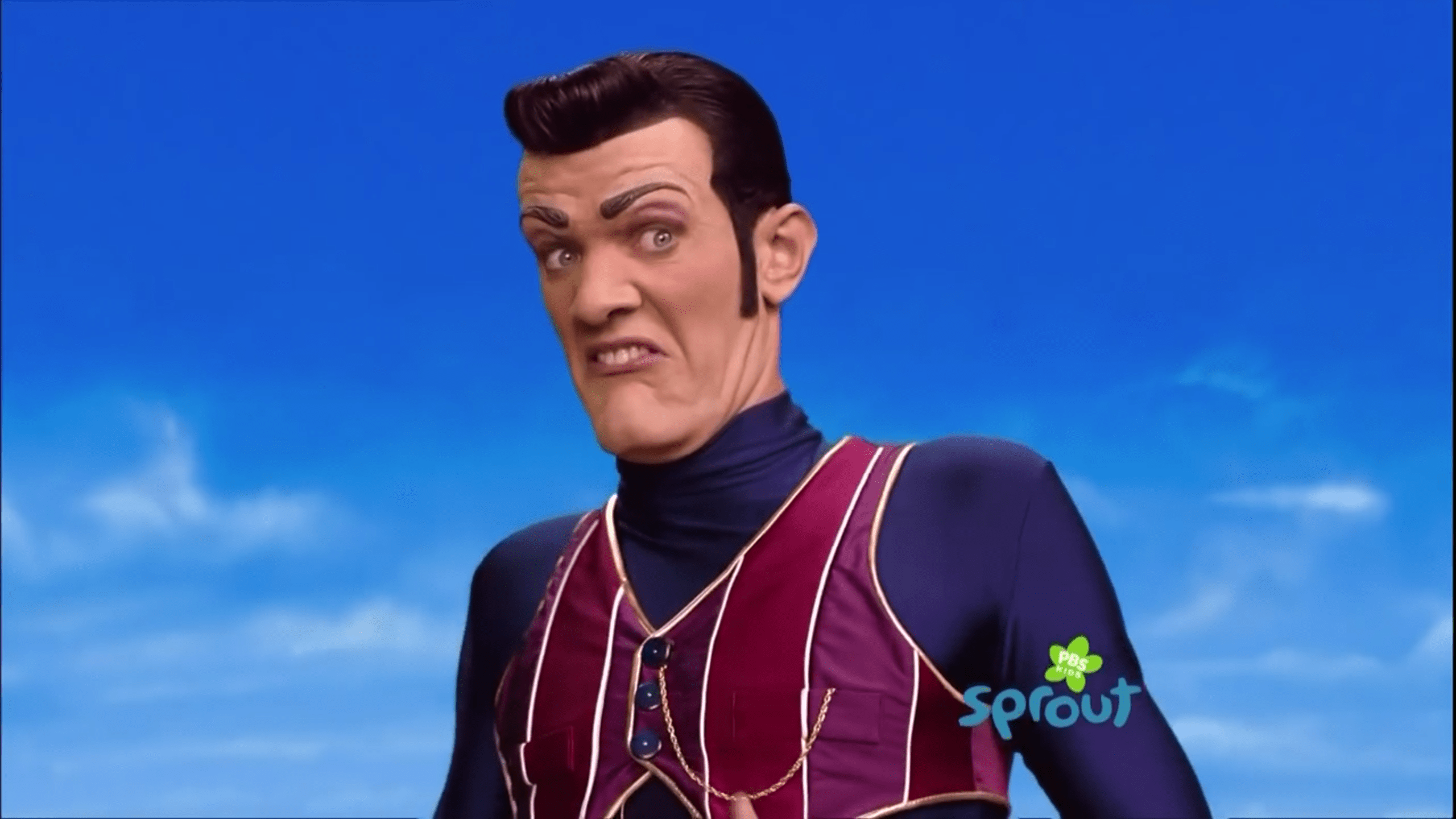Robbie Rotten has become an iconic figure in popular culture, captivating audiences with his mischievous antics and memorable catchphrases. As the main antagonist in the children’s television series "LazyTown," Robbie's character is a fascinating blend of humor and villainy, making him a beloved figure among fans of all ages. The combination of his unique personality, distinctive appearance, and catchy songs has solidified his status not just as a character, but as a cultural phenomenon.
Throughout the years, the character of Robbie Rotten has transcended the bounds of his original show, becoming a symbol of creativity and fun. His interactions with the energetic inhabitants of LazyTown, especially Sportacus, have sparked countless memes, fan art, and even tributes that celebrate his larger-than-life persona. It's fascinating how a character designed for children's entertainment can resonate with adults, sparking discussions about nostalgia, creativity, and even mental health.
In this article, we will explore the life and legacy of Robbie Rotten, delving into his biography, the impact he has had on fans around the world, and the reasons behind his enduring popularity. From his humble beginnings to his rise as a cultural icon, Robbie Rotten's story is one of charm, humor, and an unyielding spirit of playfulness.
Who is Robbie Rotten?
Robbie Rotten is a fictional character portrayed by actor Stefán Karl Stefánsson in the children's television series "LazyTown." The show, which debuted in 2004, was created to promote a healthy lifestyle for children through engaging storytelling and vibrant visuals. Robbie serves as the primary antagonist, constantly scheming to make the children of LazyTown lazy and inactive, in stark contrast to the athletic and energetic hero, Sportacus.
What are Robbie Rotten's defining traits?
- Mischievous Nature: Robbie is known for his clever schemes and plans to sabotage the active lifestyle promoted by Sportacus.
- Catchy Songs: Each episode features Robbie performing memorable songs that showcase his character's personality and motivations.
- Distinct Appearance: His signature purple suit, slicked-back hair, and exaggerated facial expressions make him instantly recognizable.
- Comedic Timing: Robbie's humorous interactions with other characters provide comic relief and endear him to audiences.
A Glimpse into Robbie Rotten's Biography
| Full Name | Robbie Rotten |
|---|---|
| Portrayed by | Stefán Karl Stefánsson |
| First Appearance | LazyTown (2004) |
| Occupation | Villain |
| Notable Songs | “We Are Number One” |
| Cultural Impact | Memes, fan art, and tributes |
How did Robbie Rotten gain popularity beyond LazyTown?
Robbie Rotten's popularity skyrocketed in unexpected ways, especially with the rise of internet culture. The song "We Are Number One," which features Robbie and his henchmen, became a viral sensation, leading to countless remixes, edits, and parodies across various social media platforms. Fans began to create their own content, celebrating his character in a way that transcended the original show.
What role did memes play in Robbie Rotten's resurgence?
The meme culture surrounding Robbie Rotten is a testament to the character's charm and the creativity of his fanbase. Memes featuring lines from "We Are Number One" or images of Robbie in various humorous contexts have spread like wildfire, often leading to nostalgic appreciation for the character and the show. These memes have not only entertained but have also fostered a sense of community among fans, allowing them to connect over shared experiences related to LazyTown.
How has Robbie Rotten influenced fan engagement?
Robbie Rotten's character has inspired a wide range of fan engagement, from cosplay to fan fiction. The character's exaggerated traits and humorous antics provide ample material for fans to explore and celebrate their love for LazyTown. Conventions and online platforms have allowed fans to showcase their creativity, leading to a resurgence of interest in the show and its message of healthy living.
What is Robbie Rotten's legacy?
As the years go by, Robbie Rotten's legacy continues to grow. His character represents more than just a villain; he embodies the idea that even in a world focused on health and activity, there's room for humor and fun. The balance between his role as the antagonist and the comedy he provides has created a memorable character that resonates with audiences of all ages.
How has the portrayal of Robbie Rotten impacted children’s television?
Robbie's character has paved the way for more complex antagonists in children's programming. His blend of humor and relatability shows that villains can be more than just evil; they can have depth and provide entertainment while still delivering important messages. The success of Robbie Rotten has encouraged writers and creators to explore more nuanced characters, enriching the landscape of children's television.
What can we learn from Robbie Rotten's journey?
Robbie Rotten’s journey teaches us about the power of creativity and the impact of character design on audience engagement. His evolution from a simple villain to a beloved internet sensation highlights the importance of storytelling and how characters can connect with audiences in profound ways. Robbie's story encourages us to embrace playfulness and creativity, reminding us that even in our pursuit of health and activity, there is always room for fun and laughter.




